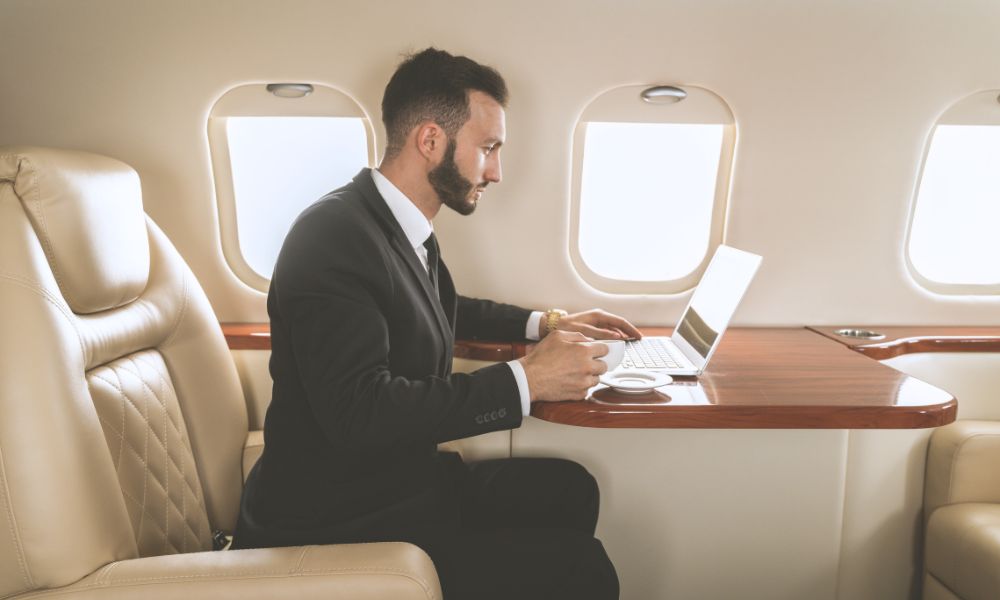Pro Tips for Warding Off Germs on Your Next Flight Adventure
Embarking on a plane journey brings the thrill of exploration, but it also raises questions about the cleanliness of your surroundings. Let’s delve into expert insights on the germiest places in flight and discover how to shield yourself during your travels.
Germ Hotspots on Planes
Microbiologist Jason Tetro likens airplanes to airborne emergency rooms, emphasizing the uncertainty surrounding fellow passengers’ health status. Despite routine cleanings by airlines, the lack of federal regulations raises concerns about the efficacy of disinfection. So, where do germs hide the most?
Exposed and Touched
According to Tetro, high-exposure areas include the seat pocket, seat belt, tray table, and restroom handle. Surprisingly, the headrest tops the list as the germiest surface, being highly exposed and frequently touched. Travel reporter Andrea Sachs conducted a swab test, revealing the bathroom sink handle, tray table, inside bathroom door handle, seat belt buckle, and armrest as hotspots.
Expert Insights on Viral Transmission
Infectious diseases expert Dr. William Schaffner offers a reassuring perspective, noting that the risk of viral transmission from surfaces is lower than perceived. Schaffner emphasizes that respiratory viruses pose a greater threat, spreading within three to six feet of infected individuals during prolonged periods.
Shared Air Myths
Schaffner debunks the notion of shared air on planes, comparing it to slices of bread in a loaf. Transmission primarily occurs within close proximity, affecting passengers in the same row and two rows forward and backward. Despite the segmented air handling, the risk slightly increases with bodily secretions, as seen in incidents involving severe diarrhea.

Hand Hygiene
To safeguard against germs, hand hygiene emerges as the most effective defense. Schaffner recommends frequent handwashing with soap and water or using hand sanitizer. Rather than obsessing over surface disinfection, focus on interrupting the transmission from your hands to your face, where viruses enter the body.
A Practical Defense Measure
Wearing a mask, a practice heightened during the COVID-19 era, proves effective in preventing the inhalation of droplets and aerosols. Tetro, who contracted an infection from a sick passenger before the pandemic, emphasizes the importance of barrier protection during air travel. Whether a scarf, neck tube, or a mask, this precautionary measure adds an extra layer of defense.
Immunization: Fortifying Your Defense Arsenal
Immunization stands as another crucial shield against potential illnesses. Schaffner recommends staying up-to-date on flu, COVID-19, and, for older individuals, respiratory syncytial virus (RSV) vaccines during cold and flu seasons.
While the perception of germ hotspots on planes may cause anxiety, practical steps like prioritizing hand hygiene, wearing a mask, and staying immunized can significantly mitigate risks. By adopting these measures, you can embark on your airborne adventures with confidence, focusing on the excitement of exploration rather than the fear of unseen germs.



